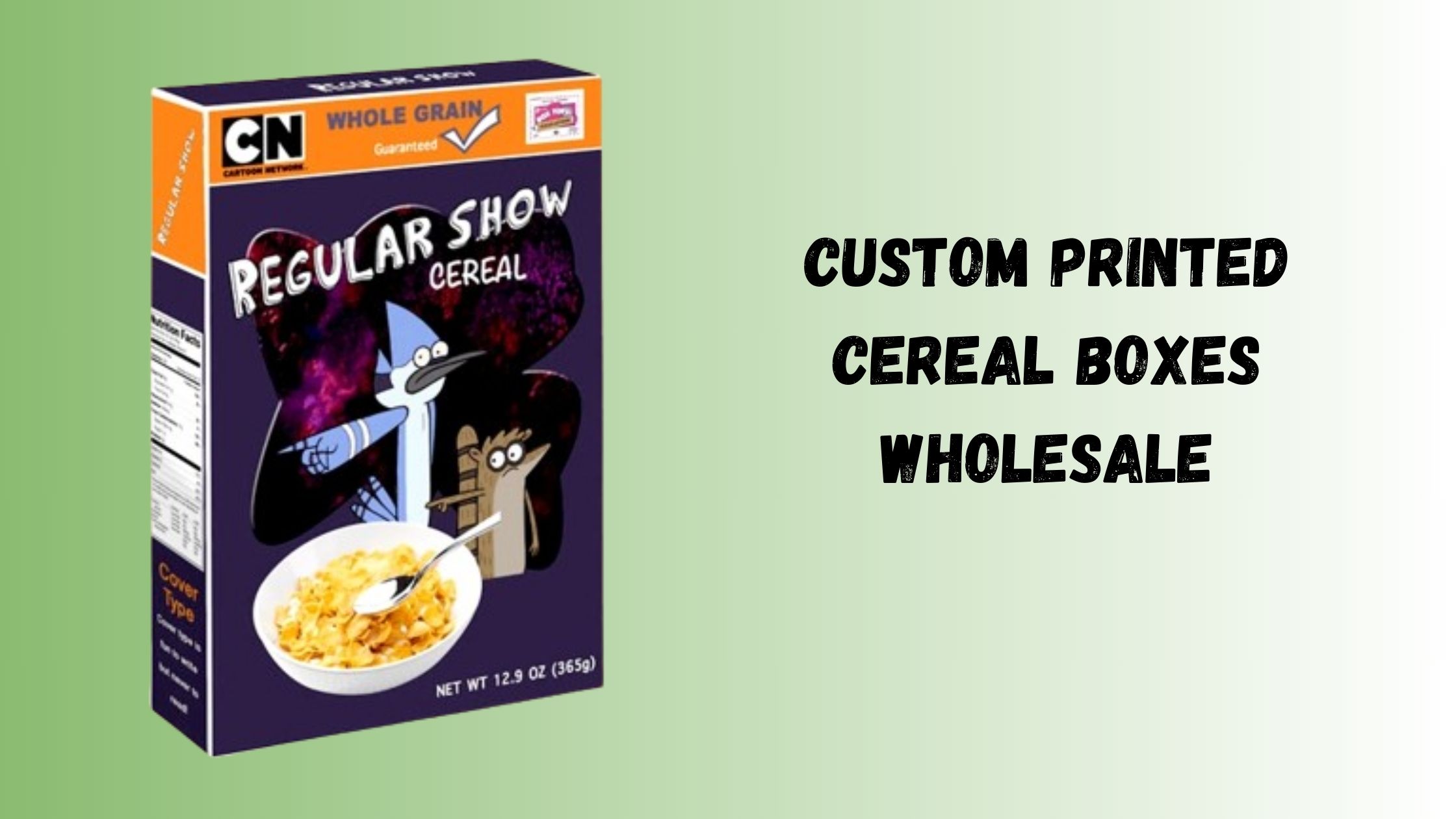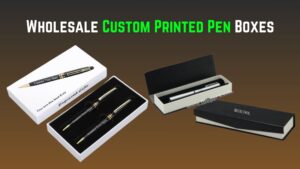Custom cereal packaging boxes has subsequently been used with high popularity as brands have sought to stand out from their competitors in supermarkets. The cost of these boxes may have certain differences based on the design of the box, fabricating materials, kind and quantity of boxes produced. It is for these reasons that businesses need to appreciate these cost factors when it comes to packaging costs and the totality of expenditure.
This article seeks to explain the different costs that are associated with this important branding tool commonly used in packing cereals to suit the management’s individuality.
Design and Concept Costs
Coordination and design of custom cereal packaging boxes is typically the first and one of the most important stages in developing custom cereal packaging. This entails the costs of the graphical work, and illustrations as well as the costs of constructing the models. Whereas custom designs are made by professional designers who are knowledgeable in the fact that they can convert brand ideas into beautiful packages. Depending on how complicated the structure of the item to be designed involves, the price is likely to be high. For instance, the detail shows that complicated artwork or distinctive shapes can increase the design costs during the first stage.
Material Selection and Costs
The cost of materials has a large contribution to the total costs of the custom cereal boxes. Representative substrates are cardboard, paperboard, coatings, or other kinds of materials. Every material costs a certain amount depending on factors like quality, how long it lasts, and other impedances to the ecology. Using pricey materials or preferring green products increases the expenses but also sharpens the product’s competitive look and environmental friendliness.
Printing and Production Costs
There are proportionate differences in the price of blank cereal boxes because of methods of printing and production. The choices of quality printing services like offset or digital printing come with different costs. Too many prints to be done at once, or if prints with more colour or with some finishes are required, it may slightly increase the price. Another factor that helps define the price is the quantity of produced goods; the more pieces in the order, the cost is divided, thus making per-unit cheaper.
Packaging Innovations
New ideas in the packaging can help create value but they also can increase the cost. Moving on with the seals such as resealable closures, windows or compartments have their packaging equipment and consumable items. While these can enrich the consumer experience they will add up to the total cost of the packaging. This reflects the artistic dilemma by which one has to strike a balance between innovativeness as well as budget to come up with a practical and efficient design.
Quantity and Scale Economies
The total amount of boxes that are received when ordering them also influences the unit price. Generally, a large order or quantity is cheaper because of the breakdown of cost which is known as economies of scale. Indeed, production in small lots tends to be costly resulting from the fixed setup costs and poor productivity rates. Huge orders are always desirable but products have to be stored somewhere and this involves added cost which has to be deducted from the total gains seen in a massive order.
Logistics and Distribution Costs
If the mini cereal boxes get customized, merely the manufacturing cost alone is supplemented by the logistic and distribution costs. Illustrations of expenses in this category are storage, transportation, and delivery. These costs, however, can be kept at a bare minimum by smart logistics planning and thus are inevitable when psychologically deciding on the need for custom packaging. Another aspect that relates to transportation costs and should thus be optimized involves the packaging of the products.
Regulatory Compliance Costs
Custom chocolate boxes packaging has to meet various legal provisions such as the laws touching on the labels and safety measures. Ensuring compliance can include many costs: for lawyers’ consultation, certification, or any tests that were mandated. These regulations are required for entry into the market as well as protection of the consumer but they may contribute to the general cost of custom cereal packaging.
Conclusion
Custom cereal packaging boxes’ cost analysis comprises diverse factors like design and distribution, and a good grasp of these aspects is necessary to avoid biting more than one can chew. When the design, material, make, innovation, how many, how to transport, and legal concerns of a component are all taken into account, business entities are in a position to make sound decisions based on quality and cost. Several of these areas may be effectively planned and managed in terms of cost, thus enabling firms to realize the best packaging outcomes that can positively impact the success of a brand on the shelf. In the future, one should stay updated about the cost drivers to have a lasting custom cereal box that meets the aesthetic sense as well as the pocket.



